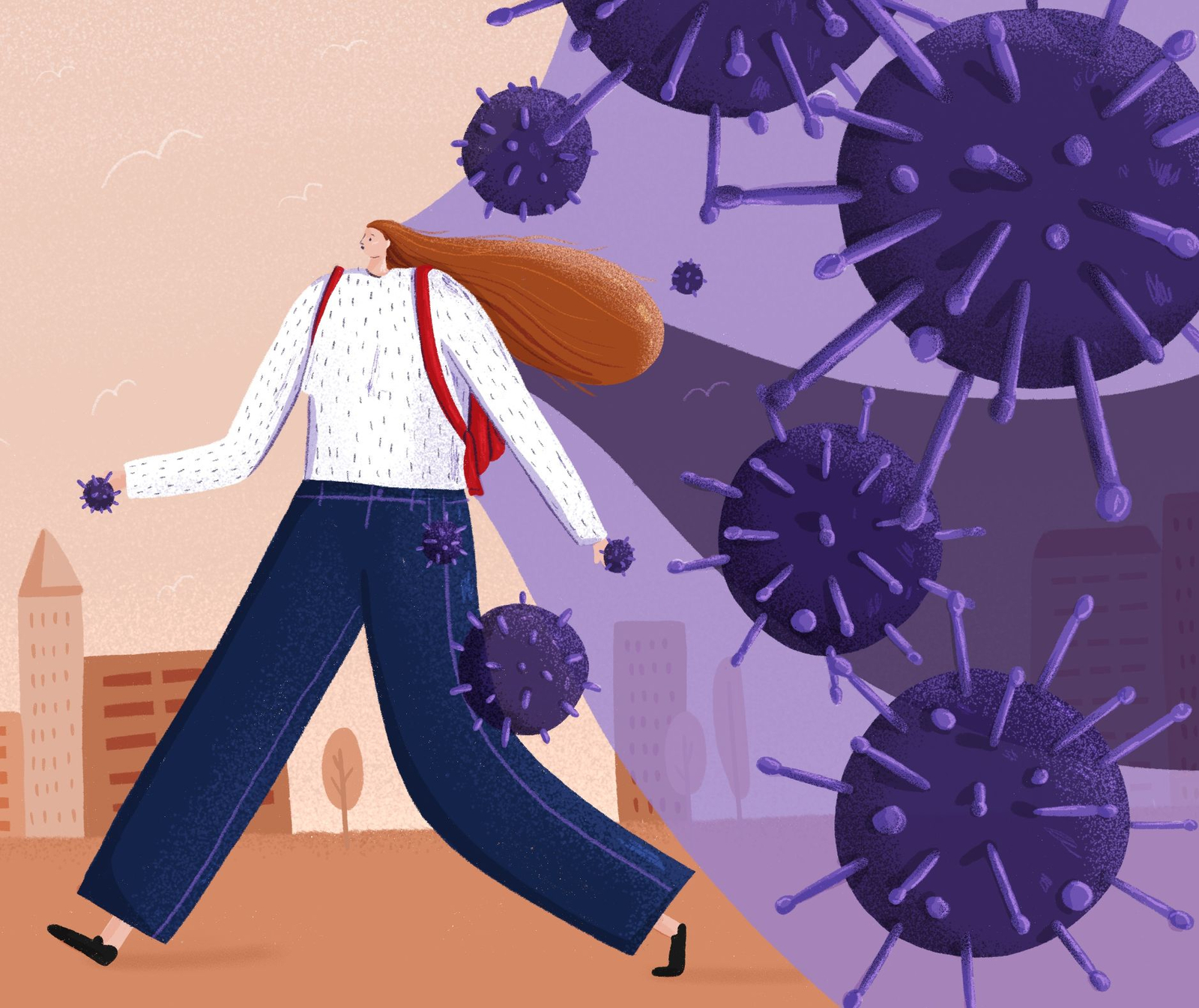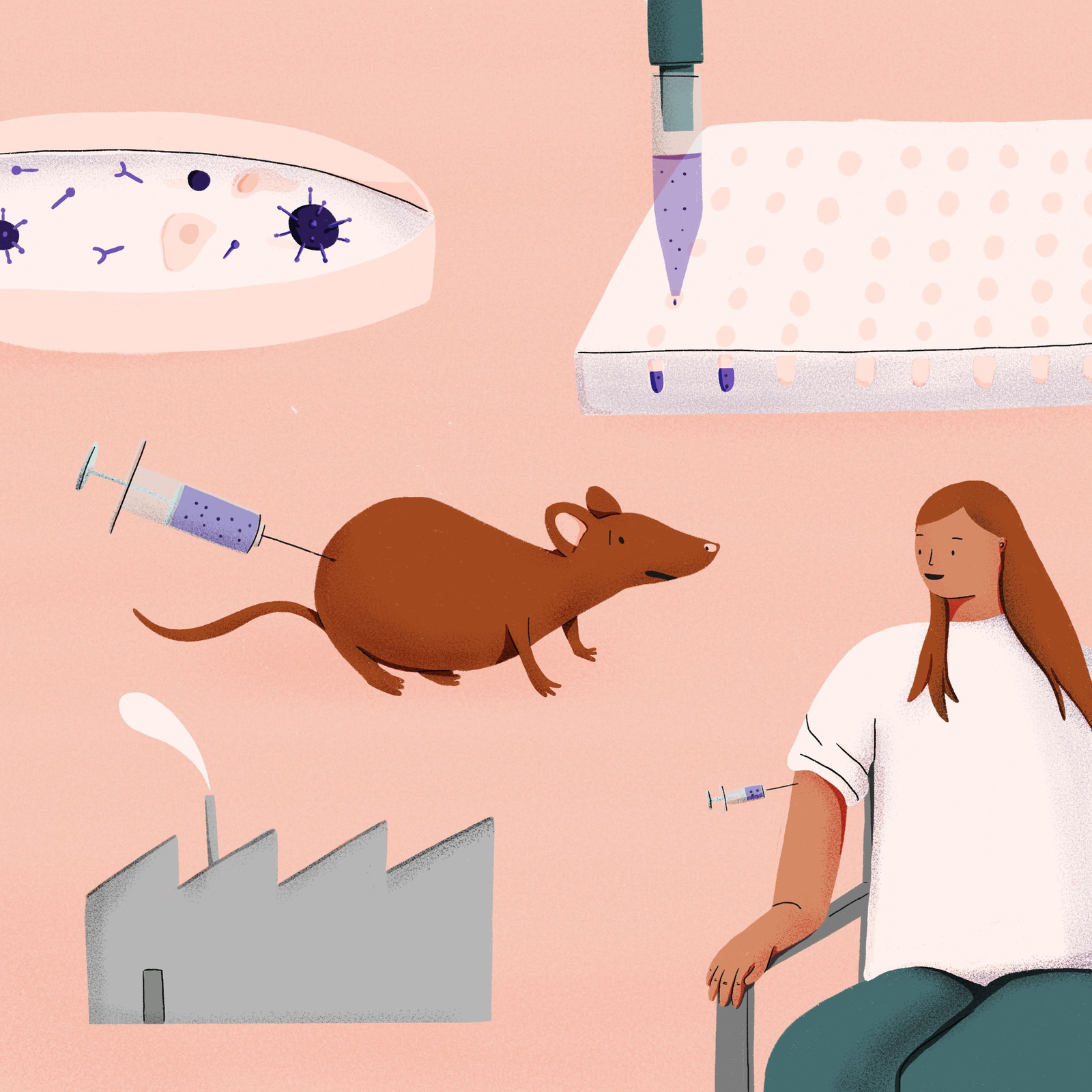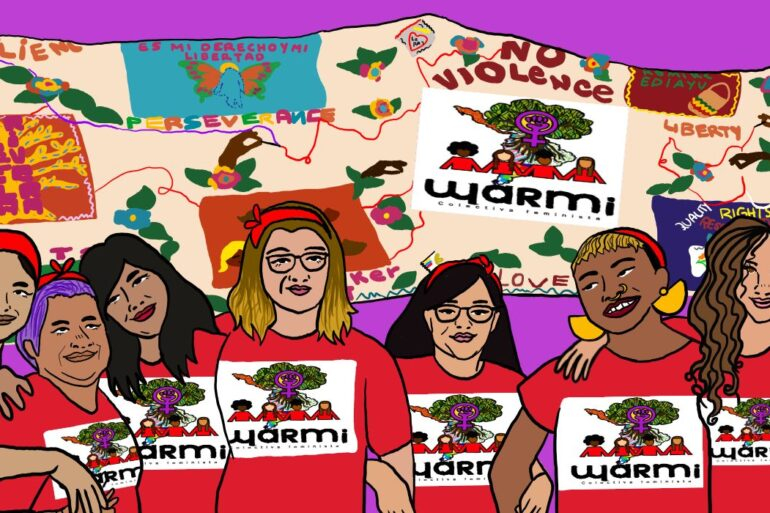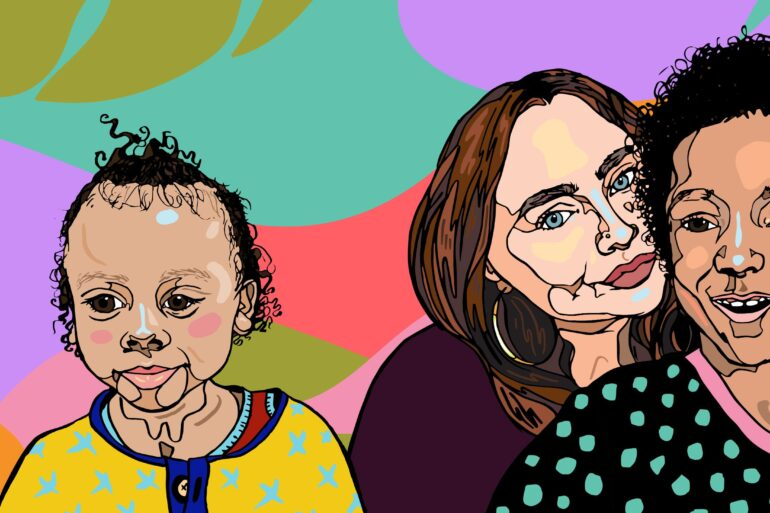In the current climate of information overload, it can be difficult to discern the facts from the myths. One UK-based illustrator, armed with a background in Biomedical Sciences, took on the role of wading through the deluge to pick out the clear, jargon-free facts about COVID-19.
“After seeing all the misinformation online recently and being shared by popular media outlets or on social media, I thought it would be useful to go straight to the source and see if I could create imagery to portray the correct, factual scientific information. Over the last couple of weeks, I have created a series of illustrations based around various scientific papers and written a layman’s summary on my instagram. These papers explain the *why*, which I think is really important in helping people understand what is going on, to put their minds at ease, even slightly, and/or to take the measures seriously. I also did a call out on instagram for questions people had and have looked into some of them – including the process to develop a vaccine.”

1. Asymptomatic Carriers
Asymptomatic means ‘no symptoms’. It is unknown how many people have the coronavirus but are displaying no symptoms and can still transmit the infection. One of the very important reasons to stay at home and social distance.

2. The sites on a human cell that the coronavirus binds to.
Background: Cells have a membrane surrounding them which protect their contents and have proteins embedded in them. These proteins make up channels, receptors, enzymes etc and help with the usual functioning of a cell (bringing in sugars, proteins etc). A coronavirus enters the cell by binding to a receptor/enzyme/protein, breaking in, it releases it’s RNA (like DNA), the cell reproduces the virus’ RNA and more viruses are created.
SARS-CoV-2 (Covid-19) shares 86% of its genomic sequence with the previous SARS epidemic. The differences, however, are why Covid-19 is more spreadable but thankfully it is not as effective (SARS killed 10% of people infected). Covid-19 is 10x more effective in binding to a cell and this means it’s quicker to reproduce and therefore spread.
Coronaviruses are covered in SPIKE proteins which bind to cell membranes. One of the spike proteins on Covid-19 has a ‘cleavage site’ that is activated by Furin, an enzyme which can be found in cells in the lungs, liver and small intestines (so it could infect any and all of these sites). The spike proteins of Covid-19 also have a specific structure that binds more tightly to the ACE2 receptor (another enzyme on the surface of a cell) than the previous SARS coronavirus which is also what makes it more effective in binding to a cell.
Knowing these two things is really important because it means we can create drugs that target these sites by inhibiting (blocking) the proteins on our cells to stop the virus from entering the cell and reproducing!

3. Virus survival on surfaces
Based on a letter published by the New England Journal of Medicine which looks at how long the virus is viable for on different surfaces. Their findings are the following:
– Aerosol (airborne) for 3 hours (the virus can then land on surfaces too)
– Copper for 4 hours (copper is well known for its antibacterial/antiviral properties)
– Cardboard for around 12 hours (although this was inconclusive)
– Stainless Steel for 72 hours
– Plastic for 72 hours
So depending on the amount of virus a person ‘sheds’, there is evidence to suggest Covid-19 could be transmitted in airborne particles and on surfaces. Given that people can have asymptomatic disease (have no symptoms), it’s very important to follow the advice – stay home as much as possible and practice social distancing!

4. How is a Vaccine developed?
The process for developing a vaccine is below:
1. Research, looking at identifying the antigens (like those spike proteins on the surface) or by using an inactive/reduced potency virus. They also mix with other specialised molecules which can improve the body’s immune response.
2. Next up is preclinical testing, this will start as in lab tests and followed by testing on animals. This is iterative, if it works – great, if not, the mixture will be changed and tested again. Up to here can usually take up to 10 years.
Subscribe to shado's weekly newsletter
Exclusive event news, job and creative opportunities, first access to tickets and – just in case you missed them – our picks of the week, from inside shado and out.

3. Clinical testing is next (i.e. testing on humans), these go through different phases starting with a small group, increasing to larger groups of people. Throughout this, the immune response is tested over time to check it’s working and safe for humans to receive, whether we need more than one booster etc. This can take 2-3 years.
4. The vaccine is then approved by regulators like the EU, they approve based on all the data from tests.
5. Once approved, the vaccine is manufactured and transported where it needs to be. Given that the entire world needs a vaccine…
This whole process can take up to 18 years and needs to be safe so speeding up this process to 12-18 months is pretty good!
A vaccine provides immunity to a disease/illness as the immune system amounts an immune response to the inactive virus/antigens to get rid of them but it doesn’t make you sick (as it’s inactive or lowered in efficiency). Your immune system is able to ‘remember’ antigens it has previously come across. The immune system can then react to the virus a lot quicker if it comes in contact with it again and eliminate it before it makes you sick! Go vaccines!














